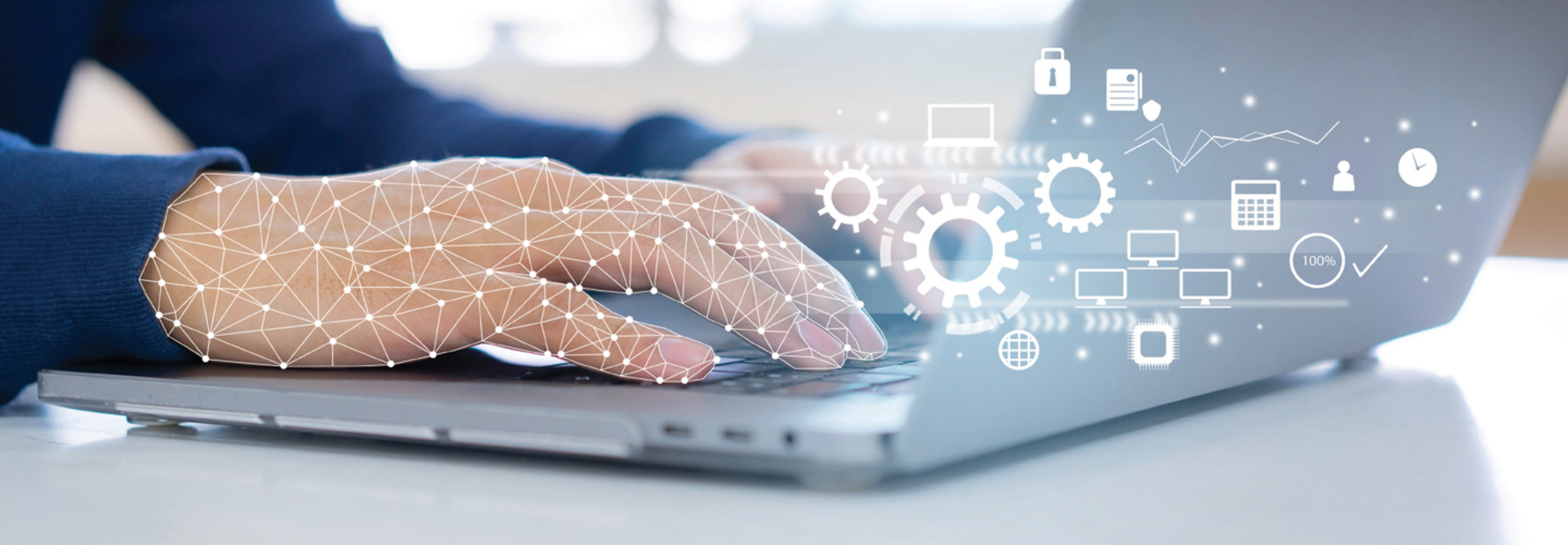FEDTECH: How are agencies handling security for devices that move back and forth between remote workplaces and the office?
HENDRIX: The physical security of devices is increasing as workers are both remote and in the office. With more devices than ever being mobile, the need to physically lock and secure them in the workplace, or when the person is working remotely, is more important than ever.
FEDTECH: What is the most vulnerable part of the connection between a device and the agency network, and how can that be protected?
HENDRIX: One point of vulnerability is who is connecting to the agency’s network. With agencies moving to hoteling and shared workspaces, IT administrators want to see beyond the docking station to know what devices are being brought into the space and connecting to the network. Kensington’s proprietary DockWorks software allows the MAC address for the client device to be passed through the docking station and prioritizes the LAN connection over Wi-Fi for added security.
FEDTECH: What tools are necessary for a federal IT team to ensure that their agency’s devices and data remain secure no matter their location?
HENDRIX: Kensington has a full line of physical security products to help ensure agency devices are protected. Whether protecting Microsoft Surface Pro devices with the BlackBelt CAC Enabled rugged cases and keyed or combination locking solutions, or using our unique lock designs that work with legacy devices as well as new deployments, the Kensington Universal 3-1 Locking Solution helps agencies future proof their physical security program.
DIVE DEEPER: Keep teleconferencing tools secure when they’re linked to outside devices.
FEDTECH: Hybrid work situations present unique challenges. What solutions do you offer?
HENDRIX: Among the many things the pandemic has brought into focus for us is the importance of mobility. While some groups were already working toward hybrid work situations, many IT managers had to immediately mobilize entire staffs. Kensington offers solutions that allow universal flexibility for connectivity to ensure staff remain productive both in the office and when working from home or a remote location.
Gartner has shown that 81 percent of organizations support more than one brand of laptop, which creates a significant challenge for IT managers trying to accommodate shared workspaces with hoteling and hot desk scenarios. Kensington docking stations allow for universal connectivity of original equipment manufacturer brands while still providing security for the administrator to see who is connecting to the network. Imagine the worker with a Dell laptop who is connecting his device in a cubicle to dual monitors, a mouse and a keyboard — and the very next day, a different worker is using the same space with his MacBook. Kensington solutions can help both employees to connect and be productive in the same space.
Our physical locking solutions ensure that assets such as office monitors and docking stations remain in place so the next person using the desk has the tools they need to connect and remain productive. We also offer port blockers to secure USB ports when there are multiple employees accessing a shared workstation, so access can be controlled and limits placed on how information may be removed from a device.
Brought to you by:











